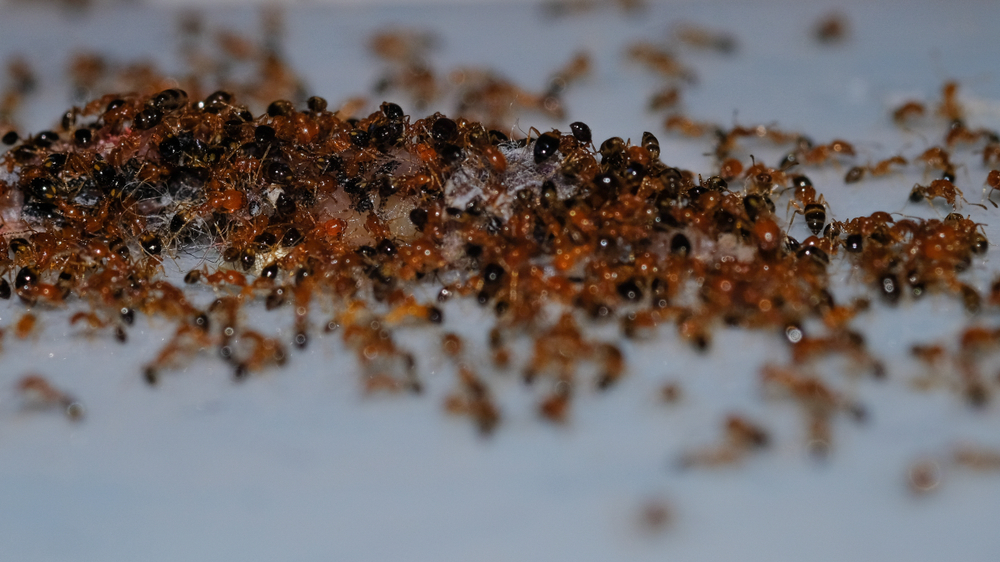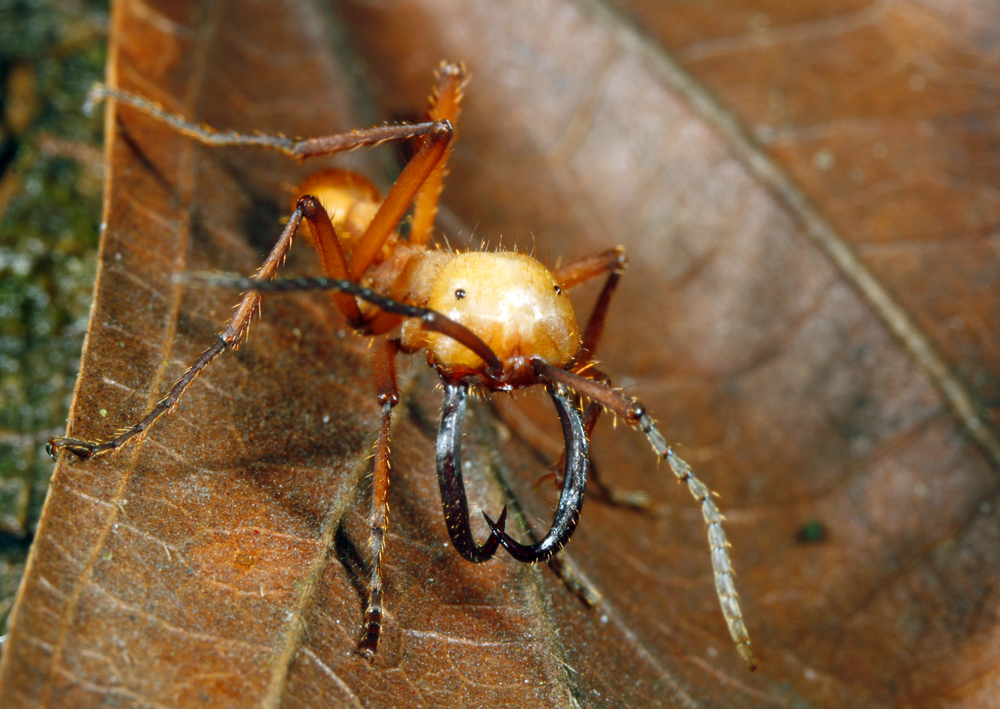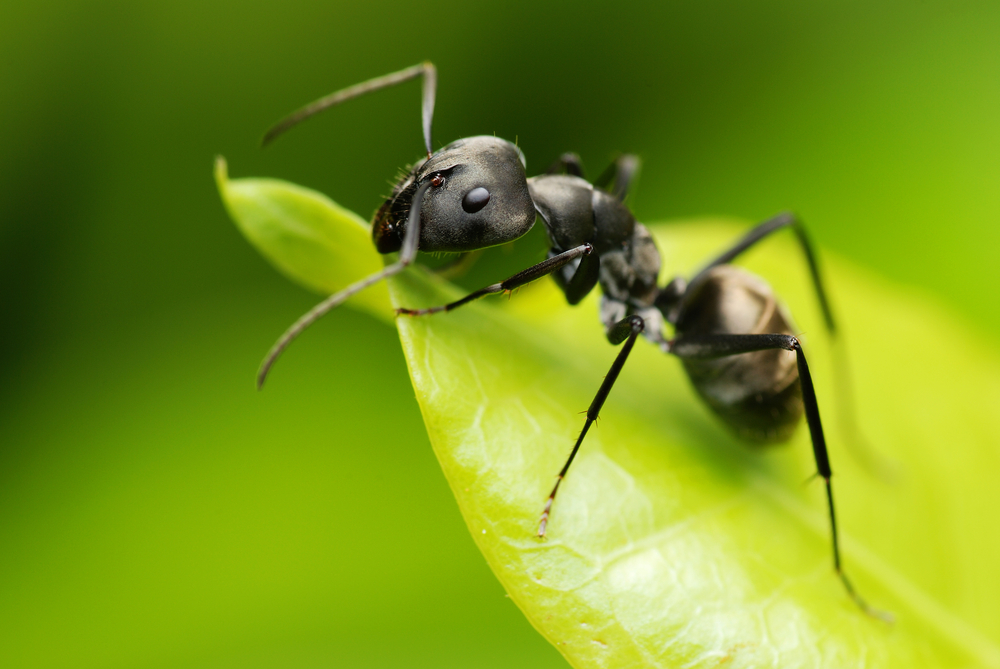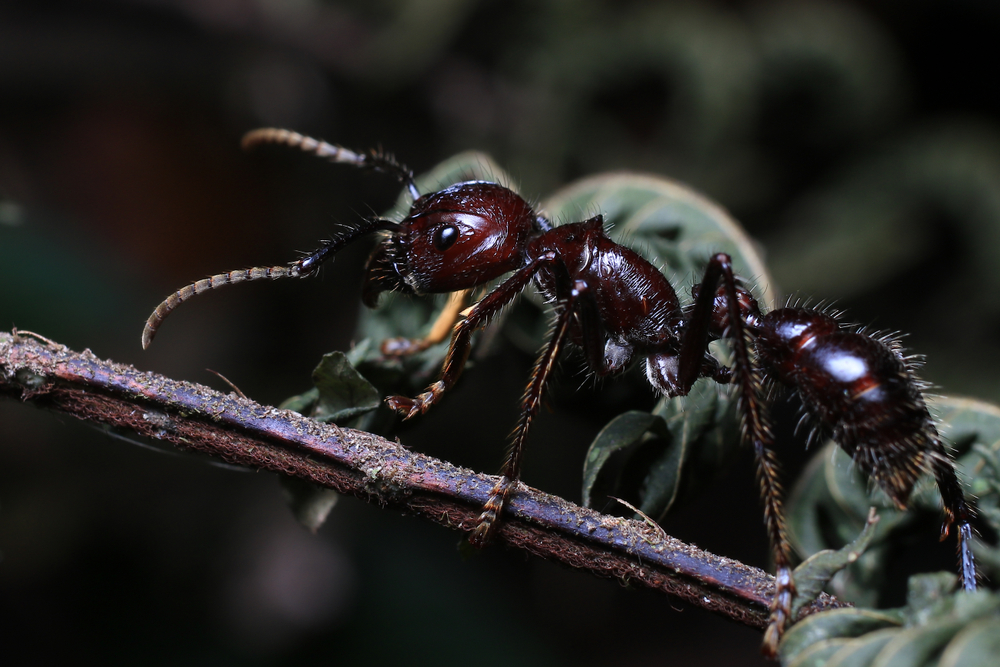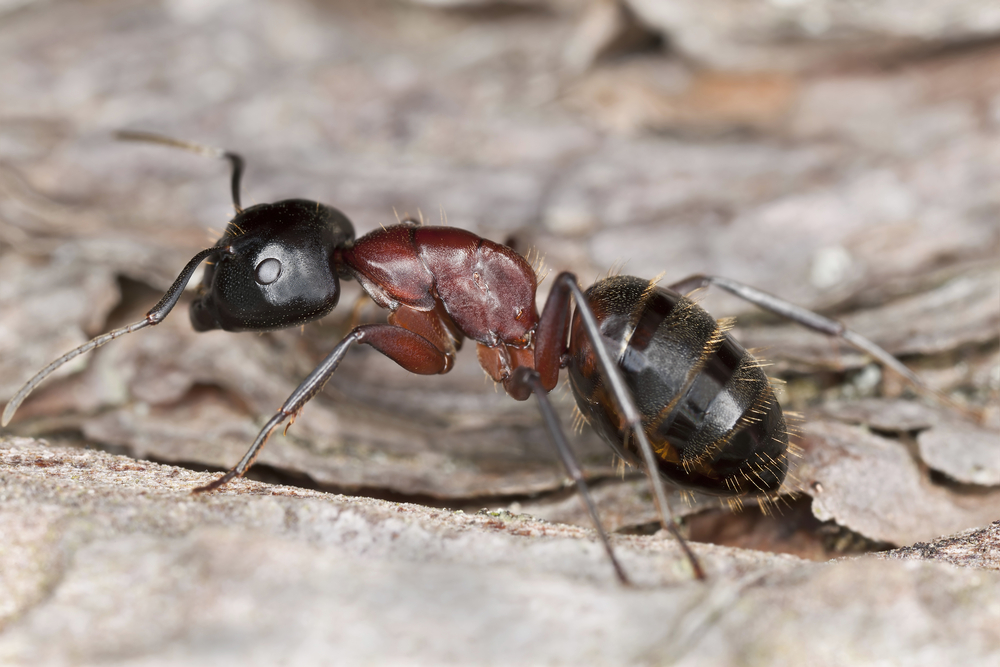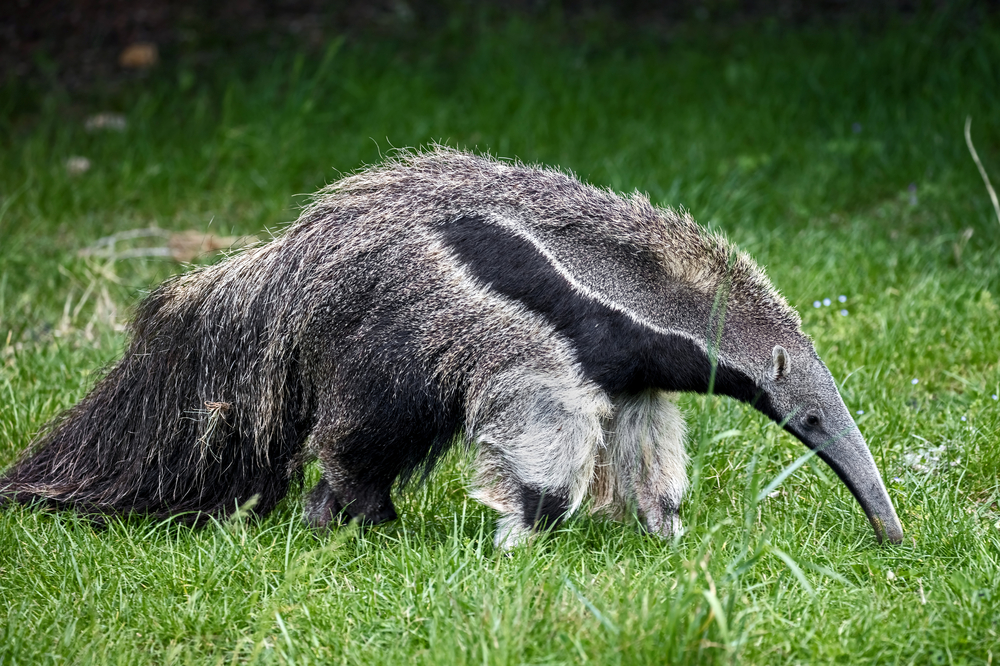Uniqueness
Massive Supercolonies Across Continents:
Argentine ants (Linepithema humile) are famous for forming some of the largest cooperative ant colonies on Earth. These “supercolonies” can span thousands of kilometers, such as the European supercolony that stretches from northern Italy through France to the Iberian Peninsula. All ants within a supercolony recognize each other as nestmates, even when separated by hundreds of miles, and do not fight—a phenomenon extremely rare in the insect world.
Unicolonial Structure (No Inter-Nest Aggression):
Unlike most ants that are territorial, Argentine ants maintain non-aggressive relations between separate nests within the same supercolony. This lack of intraspecific aggression allows for seamless expansion, overwhelming native ant species through sheer numbers and cooperative dominance.
Budding Reproduction Enables Rapid Spread:
Instead of depending on reproductive flights, Argentine ants mostly reproduce via budding—a queen and workers leave the nest to establish a new one nearby. This allows them to expand rapidly, especially in urban, agricultural, and disturbed habitats, where small colonies can move and adapt with ease.
Dominance Through Chemical Warfare:
Argentine ants use chemical signals and trail pheromones to organize and overwhelm other ants. They can sabotage native ants’ pheromone trails, disrupting their foraging and recruitment behavior. Combined with aggressive swarming, this allows Argentine ants to displace native ant species almost entirely.
Highly Specialized Farming Behavior:
They are expert tenders of sap-sucking insects, such as aphids, mealybugs, and scale insects. By “farming” these insects for sugary honeydew, they alter local food webs and even indirectly damage crops and native plants by protecting pest insects from predators.
Global Invasive Success:
Native to South America, Argentine ants have become one of the most invasive species in the world, now found on six continents and dozens of islands. Their ability to outcompete native ants, exploit human environments, and form vast, cooperative networks has made them a global ecological threat.
Summary:
The Argentine ant is unique for its cooperative supercolonies, non-aggressive inter-nest behavior, and powerful ecological dominance. Its budding reproductive strategy, chemical manipulation, and ability to outcompete and displace native species have made it one of the most successful and disruptive invasive insects on the planet.



































































